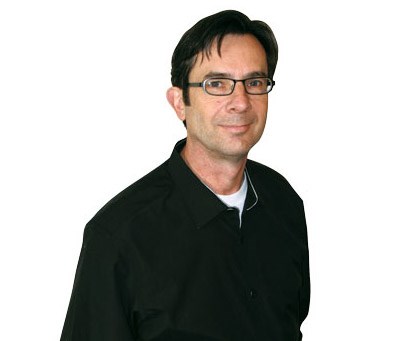Powder Coating Clinic: Solving Problems with Color Variation
Q. We are noticing differences in the color of parts coming out of the oven. It seems to happen more on some days than others. It can happen with any of our brighter colors like orange and red but does not seem to happen with more neutral colors like tan or gray. We use some infrared heaters in the first 20 feet of the oven and the rest is convection heating. We worked on balancing the oven but it is hard to get it level all the way through. What can cause color variation from part to part? How can we balance the oven and stop this problem?

Q. We are noticing differences in the color of parts coming out of the oven. It seems to happen more on some days than others. It can happen with any of our brighter colors like orange and red but does not seem to happen with more neutral colors like tan or gray. We use some infrared heaters in the first 20 feet of the oven and the rest is convection heating. We worked on balancing the oven but it is hard to get it level all the way through. What can cause color variation from part to part? How can we balance the oven and stop this problem?
A. Temperature variation is certainly one of the prime suspects in your oven. Infrared (IR) is a major benefit for faster cure and good flow of powder. However, if the IR absorption is non-uniform, it can cause radical differences in the heat generated in the film and affect the color. The convection area could help to move the temperature to a more uniform level, but if it is too short, it may not be effective.
You may find the temperature is higher in the upper part of the cure zone as a result of chimney effect or poor air distribution. This could also affect your color uniformity.
Your exhaust may be too low. That can cause a buildup of the byproducts of the cure process and lead to “fouling” of the air in the oven. That can cause variance in the lightness/darkness of the cured coating. It may vary, too, if you have negative air pressure in your building. If several loading doors are open, you have relief of the pressure issue and the exhaust works better. If it is cold and the doors are closed, the exhaust is pushing against more pressure and doesn't work as well.
Fixing the issue could be a challenge. First, confirm your exhaust volume is correct. Correct exhaust volume is based on the pounds of powder and the byproducts of combustion. You will need a company or person that knows how to calculate needed volume and measure actual volume. Run a temperature recording device to confirm your current oven condition. Verify complete cure with your supplier. They may use a chemical rub test or they may be able to run a Differential Scanning Colorimetry test. If you are under-cured, you probably need more time in the convection part of your oven. Run some samples in the convection oven only with line turned off or slowed down to see if the IR area is a problem. My best advice is to get a consultant or oven expert in to help you search for the root cause and offer corrections.
Originally published in the December 2016 issue.
Related Content
-
Quick Turnaround is Key for Architectural Coating Shop
This California metal fabricator and coater focuses on fast turnaround and streamlining its processes with 40 years of experience in the construction industry.
-
Hybrid Oven Features Catalytic and Electric Infrared Technology
Source: Trimac Trimac Industrial Systems will be featuring our new innovation, the Pro-Cat oven.
-
Immersion Heaters for Finishing
The company’s metal finishing product range includes stainless steel, Incoloy, titanium and fluoropolymer (PTFE) over the side heaters.
















